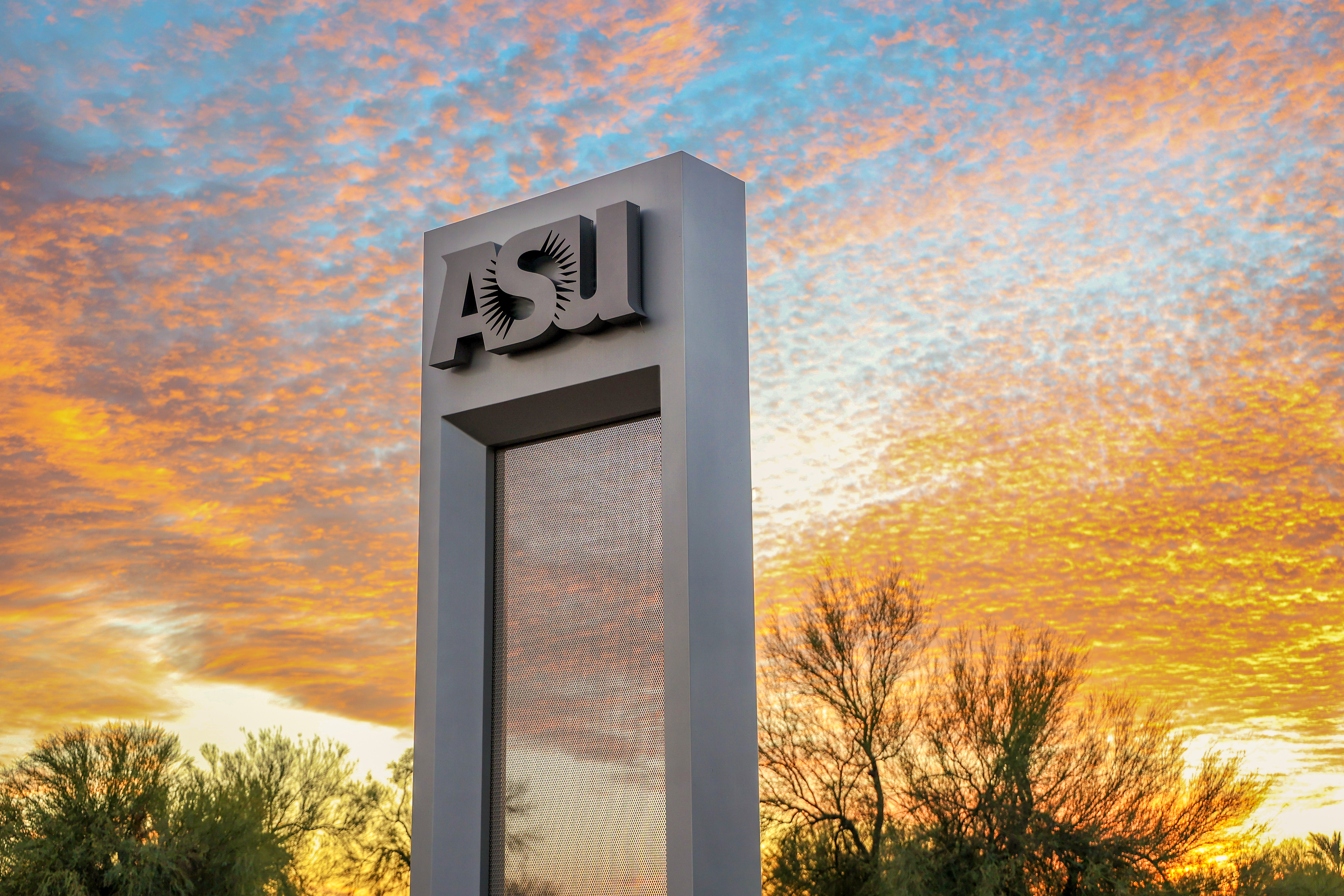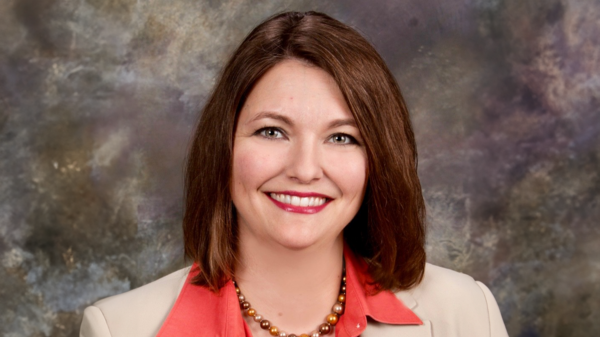The University Design Institute (UDI) recently recruited Lisa Foss as the new Senior Director of U.S. Practice. Foss brings over two decades of experience advising senior university leadership on strategic planning and innovative approaches to structural challenges in higher education.
Before joining UDI, Foss was a Senior Consultant with the Association of Governing Boards of Universities and Colleges (AGB). Through this experience, she previously served as the Executive Director for the Council on Higher Education as a Strategic Asset (HESA).
Read more about Foss below. The interview has been lightly edited for clarity and brevity.
Q: Can you tell us about your background and career journey that has led you to UDI?
A: Like so many people, my career journey has seen a lot of twists and turns, resulting from opportunities that I did not see coming and mentors who helped guide me along the way. I started out in marketing and communications, eventually working for a regional public university in communications. The more I got involved in talking about the university, the more I was interested in what the university did. How it served students and the impact it had on its region. I was encouraged by the institution’s president to get involved in the university’s planning committee, which evolved into the completion of an MBA and PhD in Educational Policy and Administration and shifting roles professionally from communication and marketing to strategy and institutional effectiveness. Maybe it was my communications background, but I had a knack for bringing people together, engaging them in discussions about the future and how to make that future a reality. I’ve had the opportunity to do strategy work at public and private institutions, public systems, and at the national level, and most recently as Executive Director for the Council on Higher Education as a Strategic Asset (HESA). It was through my work with HESA that I learned about UDI and its mission. When I learned UDI was interested in launching a U.S. practice and was looking for someone to lead that effort, I jumped at the opportunity. It felt like fates had intervened and created my dream job – the work I feel like I’ve been preparing for my whole professional career.
Q: What are some of your most valuable experiences in previous roles that will lead you to success?
A: I would say the common thread across my professional experience is that the vast majority of people who work in higher education – faculty, staff, administrators, board members – really want what’s best for their students and are committed to advancing how their institutions can positively impact the communities that they serve. They do not lack commitment or good ideas. The challenge is that they are often constrained in what they see as possible or how to put those ideas into action. The constraints may be tied to resources but more often people are enmeshed in systems that have rules (explicit or implicit), policies, and cultures that were created for a different time and the needs of a different type of student and community. But they feel locked in by those constraints, and they feel powerless to make the change they know is necessary. I am excited to be part of UDI because of its co-design philosophy. The people who work in our colleges and universities need permission and a framework to imagine a desired future and design solutions for transformation that will better serve our students and communities in the future.
Q: What are the main challenges and opportunities in the current domestic higher education landscape?
A: The challenges and opportunities are actually two sides of the same coin. Our world is moving so fast. Technology is an incredible driver of change in our world and in higher education – both positive and negative. It is changing the nature of work and creating whole new professions and industries – but it is also leaving behind many individuals who do not have the skills and abilities necessary to be successful in those new roles. It has the power to connect everyone, everywhere, at any time around the globe, but it also is straining our communities and how we communicate and work together even when we disagree. Our colleges and universities have a fundamental role to play in ensuring our country's economic competitiveness and the strength and vibrancy of our democracy, but many of our institutions operate in systems that were created for a different era and to address a different set of challenges and opportunities. Serving as a catalyst for positive change is a fundamental role of our country’s higher education sector, but many of our institutions will need to transform themselves to respond to our dynamic environment with a focus on our shared responsibility of assuring the future prosperity of our country and its people.
Q: Do you believe there are any strategies or best practices that are critical for success in higher education? How do you plan to lead and innovate in your role to address these challenges?
A: There is amazing, innovative work happening across the country to advance student success, develop impactful research, improve learning, and advance positive prosperity in our regions. Our country’s higher education sector does not lack for innovative ideas. Where we need help is bringing the most impactful strategies and best practices to scale. An important next step will be to get serious about purposeful collaboration across institutions and multi-institution systems that includes much deeper and sustained connections with partners from industry, state and federal government, and the non-profit and philanthropic communities to accelerate the more wide-spread testing and adoption of practices that make a difference and measure the outcomes of these efforts against the needs of our society. The University Design Institute is uniquely positioned to leverage the expertise and experience of its team and its global network of change leaders to advance promising innovations for much greater impact and to advance change at a systems level.
Q: What are some of your goals for this role? What are you most excited about
working on?
A: My most immediate functional goal is to build UDI’s U.S. practice, which doesn’t formally exist at this point. The incredible work that UDI has done at ASU and globally over the last number of years has created a strong foundation for advancing innovation and developing strong partnerships for transformation. I am excited to learn and imagine what’s possible when that work is focused on transforming U.S. higher education for greater social and economic impact. Longer term, I believe UDI is positioned to be the global thought leader on higher education design and transformation, and I’m excited to be part of a team that will create the platform by which our most innovative institutions and leaders will learn together through their successes and failures on our shared journey to redesign higher education that leads to impactful, positive and sustainable change.

